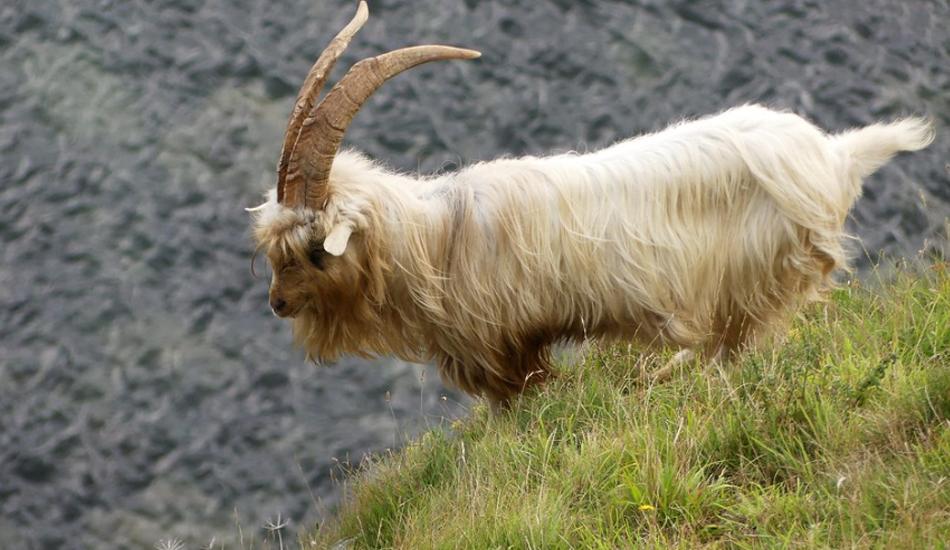With just a few people venturing outside their homes due to the quarantine restrictions placed by various countries, the streets have become largely empty. Interestingly, various types of wildlife are entering urban areas and wandering the streets, offering a curious sight to people.
Wildlife comes back
In the UK, a herd of about 120 Kashmiri goats ventured into the resort town of Llandudno. Town councilor Carol Marubbi thinks that the goats have come so far down due to a lack of people. Some of the goats were seen nibbling flowers. The councilor points out that the goats have been entertaining the people of Llandudno who watch the antics of these creatures from their windows.
“They are curious, goats are, and I think they are wondering what’s going on like everybody else… There are very few visitors on the top [of the Orme], so they have come down in their droves… There isn’t anyone else around so they probably decided they may as well take over,” she said to the BBC.

In Thailand, several monkeys were seen running through the streets in search of food. Since tourism is down, these monkeys have apparently been deprived of food scraps. Some also fought with one another for scavenging whatever food they could find. In Japan, the Sika deer in Nara were spotted strolling casually in the streets.
In Spain, wild boars have been seen in cities like Barcelona. The population of these creatures has exploded since the 1980s due to fewer predators and warmer temperatures. In France, amphibians like the spotted salamander and common toads have come in greater numbers in populated areas. Since the traffic is on the lower side, many of them are spared the unfortunate fate of being crushed under vehicles.
In New Orleans, the presence of rats has grown significantly, swarming the streets of the French Quarter in search of food. In San Francisco, coyotes were seen on the streets by several Twitter users. In Chile, a wild puma, an animal that normally keeps itself to the mountains, came down to the empty streets of Santiago in search of food.
The Indian district of Kozhikode witnessed a Small Indian Civet wandering the streets. Classified as endangered, these mammals were last seen in 1990. Monkeys have also burst out into cities and villages due to a lack of food.

Animal infections
The Bronx Zoo in New York City recently reported that its 4-year-old Malayan tiger, Nadia, has been infected with the coronavirus, making it the first animal in the U.S. to contract the illness. The tiger is believed to have been infected through an asymptomatic zookeeper. This is apparently the first case of human-to-animal transmission of the CCP coronavirus according to the zoo’s Chief Veterinarian Paul Calle.
“We tested the cat [Nadia] out of an abundance of caution and will ensure any knowledge we gain about Covid-19 will contribute to the world’s continuing understanding of this novel coronavirus,” the zoo said, as reported by the BBC. In addition to Nadia, three tigers and three lions have also shown symptoms of the virus. However, these creatures are not at risk and are expected to make a full recovery. The big cats have had a decrease in appetite; otherwise, they have not shown any signs of distress.
Follow us on Twitter or subscribe to our weekly email








